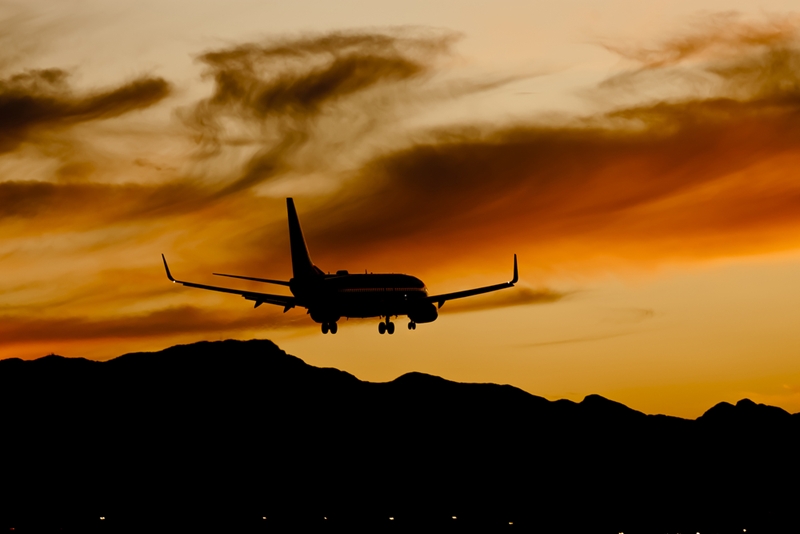If you talk to many residents in Western Sydney, they’ll tell you that their community is a city in its own right. In fact, based on recent statistics, you can’t really argue against the notion.
According to the Department of Infrastructure and Regional Development, Western Sydney is home to more than 2 million people – growing considerably in recent years. The department expects the population to reach 3 million over the next 20 years. As such, Western Sydney has the potential to be larger than Perth, Adelaide and even Brisbane.
If Western Sydney is to be deemed a city, then establishing solid infrastructure for the community will be important. Of course, one vital development is Western Sydney Airport – announced in 2014. In recent weeks, Infrastructure Australia has assessed the federal government’s business case for the project ,and it’s been added to the Infrastructure Priority List as “high priority”.
In this article, we’ll discuss the scope of Western Sydney Airport and what the next steps are.
The rise of Western Sydney Airport
At present, Kingsford Smith Airport accounts for around 40 per cent of international services – with this number predicted to only rise moving forward. Infrastructure Australia notes that passenger numbers will reach 165 million by 2060, up from the expected 76 million in 2030. As the airport will not be able to support this growth, alternative options are required.
Infrastructure Australia Chief Executive Philip Davies explained that the business case for Western Sydney Airport is a true blueprint of forward-thinking. The land at Badgerys Creek was bought and reserved more than 30 years ago for this very purpose, and now it can be developed properly.
“Given its national economic significance, all Australians benefit from the difficult decisions made in the past to preserve land for the Western Sydney Airport at Badgerys Creek,” Mr Davies said.
“The airport will attract investment, unlock the region’s potential as a tourism destination and create more jobs for people closer to where they live.”
It is important to remember that employment after construction is also a major boost from the airport development.
“We expect that around five years after a Western Sydney Airport opens for business, it would cater for around 10 million passengers a year and provide nearly 9,000 direct jobs, with over 60,000 direct jobs by the early 2060s,” Minister for Infrastructure and Transport Darren Chester summarised.
From planning to practice
Earlier this year, works began to prepare the site for development. As well as improvements to the adjacent roads, the government is completing heritage management activities, biodiversity offsets and the $10 million seed collection program. These various tasks are due to be finished by 2018 when construction can begin. So, what are the key features of Western Sydney Airport?
 Western Sydney Airport will support the region’s flourishing population.
Western Sydney Airport will support the region’s flourishing population.When Western Sydney Airport is completed in the mid 2020s, it is predicted that more than 5 million passengers will pass through every year. Infrastructure Australia compares the airport’s future size to be similar to Gold Coast Airport.
The airport will feature a single 3.7-kilometre runway as well as terminal and runway facilities, cargo areas, dedicated maintenance areas, a public transport hub and easy-access parking. This development is marked as Stage 1 and will be designed so it can be expanded as the region’s population grows.
The Department of Infrastructure and Regional Development indicates that Western City Airport will create around 4,000 jobs during construction. This includes ensuring the runway is up to international standards, and the terminal has the capacity to hold today’s larger planes.
Contact the team at Bluey Technologies today for more information on any of our products and other civil engineering construction solutions.
